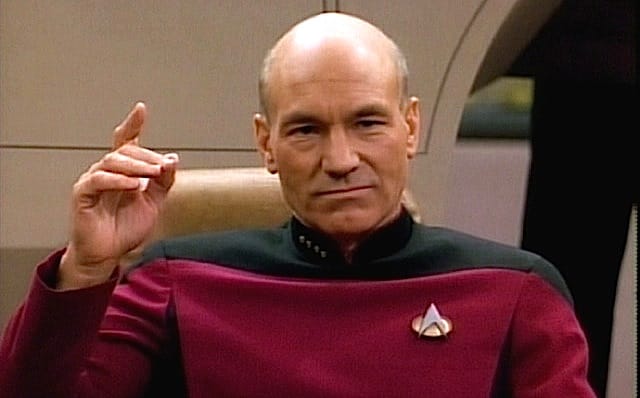
The success of a business often depends on its leaders. These are the individuals who should be able to visualize the company’s goals, devise strategies to achieve that goal in the most efficient way possible, and ensure continuity by developing the right customers.
Knowing the Value of Management
Every leader should know that management is a subtle tool necessary for the growth of the business. However, there are vast differences between a manager and a leader. A leader provides the vision for the company. He finds opportunities and acts on it. The manager, on the other hand, follows the initiative of the leader, and structures the business to follow that vision. The manager analyses, plans, and structures the company to create order and efficiency. It is difficult for the leader to dabble in the day to day management of the business, while at the same time, thinking up ways to improve or expand the company’s operations.
The business thrives when in the hands of capable leaders and able managers. To find the best managers, the leader should look for people that coincide with his business goals. Once he found them, the leader should invest in his management team. Annual project management training for managers is a sound investment for any business.
Strategic Thinking, Planning, and Implementation
A good business plan should be well-crafted and well-thought out so as to achieve the goals of the business. This requires good strategic thinking and planning, as well as strategic implementation. The success of these three qualities lies on the leader’s ability to recognize the current circumstances of the business, as well as the future risks, and devising ways and strategies to address them. Leaders should be able to see the bigger picture and not be hampered on the details of management. They should have the ability to think of alternative approaches to a given set of circumstances. Leaders should not be afraid of change, and be able to challenge current strategies and practices to effect change in the business.
Customer–centric
The old business adage insists, ‘The customer is always right.’ However, this is most applicable if you have the right customers in mind. The leader should be able to recognize the right customers to focus on to achieve the best value. Dr. Peter Fader, author of Customer Centricity: Focus on the Right Customers for Strategic Advantage, states that there are three types of customers: the Meh Customers, the Good Customers, and the Great Customers.
The Meh customers are those with no brand loyalty, always looking for the better alternative. The Good customers are those who stick around longer than the Meh customers, and can be a good subject of customer development as they can turn into Great Customers. The Great Customers are those most loyal to the product or the business. They always come back and it would take a strong incentive from a rival to change loyalty.
The business leader should know how to segregate his customers among these three, and recognize which group to prioritize. Customer development should be targeted towards the needs of the Great Customers, as they are the ones that will contribute to the longevity of the company. Development can likewise be invested on the Good Customers as they can turn into Great ones if their needs are better met. Putting your money on the Meh Customers will not be profitable, and might even result in losses.